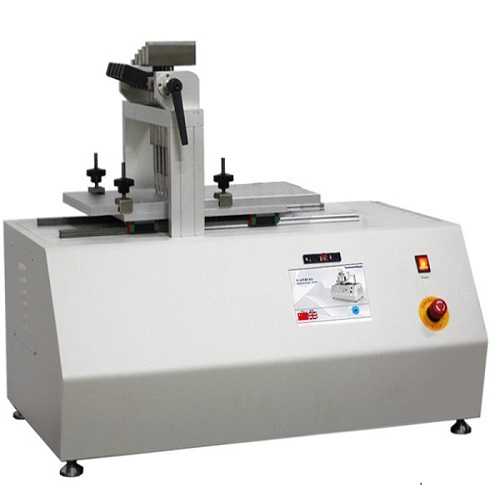The Scratch And Mar Tests

Scratch and mar are types of mechanical surface damage that can occur during normal usage and handling, shipping or assembly procedures. Defined as "the resistance of a solid body to penetration by an edge or protuberance on a second body that is moving along its surface", scratches are usually associated with a single occurrence in the specimen surface. Normal scratching includes deformation such as plowing, but might also involve material cracking, peeling and removal.

In comparison, marring is the term used to describe relatively fine surface scratches generally characterized by shallow damage, distributed over a relatively large area that typically spoils the appearance of a surface coating. It may be convenient to consider mar resistance as a surface property, whereas scratch or abrasion resistance involves the body of the material as well.
For laboratory scratch and mar tests, a stylus with a defined geometry is drawn across a specimen surface at a known speed and with a known force. The objective of most scratch or mar resistance studies are to determine the behavior of the material under specific test conditions, establish a relative ranking of similar materials, or to determine the failure limit of a surface coating. This information can then be used to better understand material surface properties and performance characteristics.
Similar to wear tests, the amount of scratch damage on a material surface can be influenced by test parameters (e.g. stylus composition and geometry, loading, and scratch velocity) and requires an appropriate procedure to minimize these influences. Inappropriate choice of tip geometry and loading conditions often produces damage that is more severe than in-service damage, resulting in misleading results.
2017-12-04 14:36

